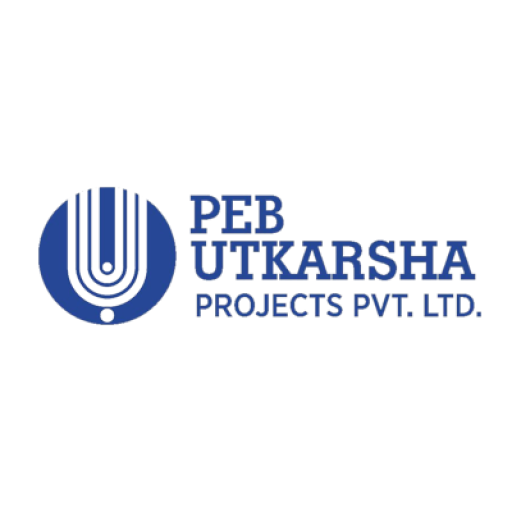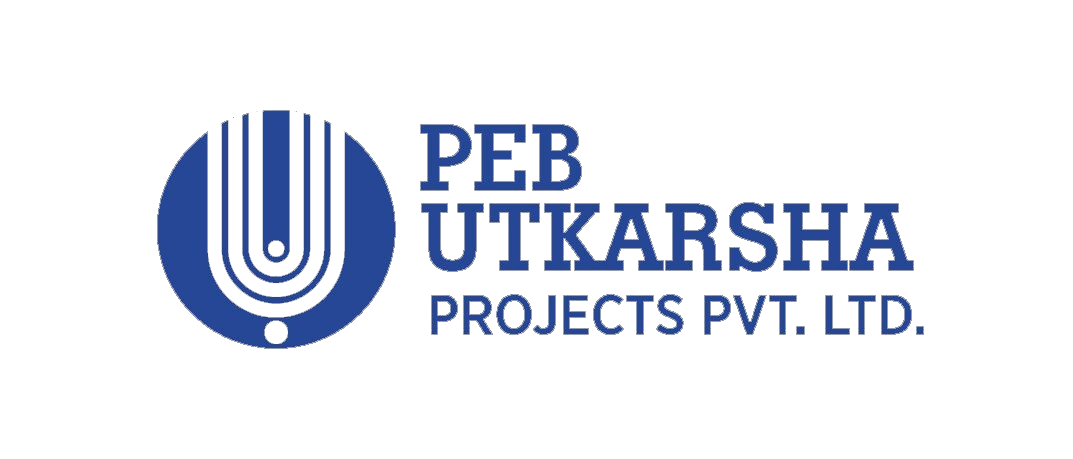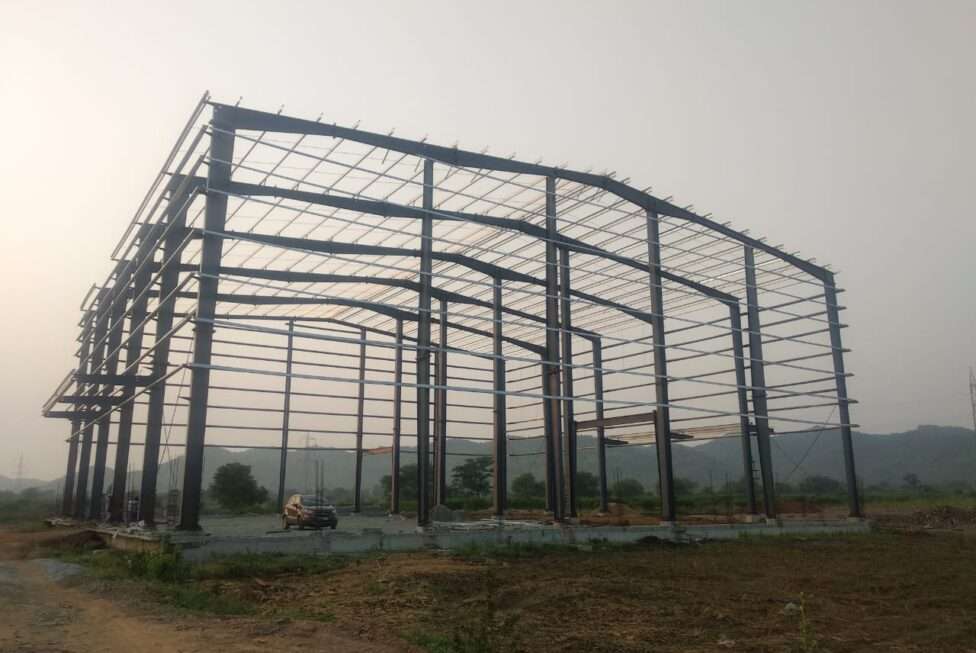Small and medium enterprises (SMEs) are the backbone of many economies, and one of their greatest challenges is managing construction and infrastructure costs. With limited budgets and tight timelines, many SMEs are turning to Pre-Engineered Buildings (PEB) as an affordable and flexible solution. In this post, we’ll explore why PEB is the best choice for small and medium enterprises looking to build efficient, scalable, and cost-effective commercial spaces.
Table of Contents
- What is PEB?
- Benefits of PEB for Small & Medium Enterprises
- Cost-Effectiveness
- Customization & Flexibility
- Quick Construction & Reduced Downtime
- Energy Efficiency
- PEB vs Traditional Construction
- Applications of PEB in SMEs
- Factors to Consider Before Choosing PEB
- PEB Manufacturers & Suppliers: What to Look for
- How to Get Started with PEB for Your Business
- Key Takeaways
- Conclusion
What is PEB?
Pre-Engineered Buildings (PEB) are steel structures that are pre-designed and pre-manufactured in a factory setting before being assembled on-site. Unlike traditional construction methods, which require on-site fabrication, PEBs offer faster construction times, lower costs, and greater flexibility. These buildings are widely used for industrial facilities, warehouses, manufacturing units, and even office spaces, making them an ideal solution for small and medium enterprises (SMEs).
Benefits of PEB for Small & Medium Enterprises
Cost-Effectiveness
One of the main reasons PEB is the best choice for small and medium enterprises is its cost-effectiveness. Since PEBs are manufactured off-site, they require fewer labor hours and reduced on-site construction time. This leads to significant savings on both labor and material costs. The streamlined design process also ensures that there is less waste and fewer errors, further reducing the overall cost of the project.
Customization & Flexibility
Another major advantage of PEB for SMEs is the ability to customize the building to suit your specific needs. PEBs are designed with flexibility in mind, which means you can choose the size, layout, and design that best fits your business. Whether you’re looking for a warehouse, office space, or manufacturing facility, PEBs offer a wide range of customization options. Additionally, as your business grows, your PEB structure can be easily expanded or reconfigured to meet changing demands, allowing for scalability without the need for major renovations.
Quick Construction & Reduced Downtime
For SMEs, time is a precious commodity, and long construction periods can lead to lost opportunities and increased downtime. PEB offers a significant advantage in terms of speed. The materials are prefabricated in a controlled factory environment, which reduces construction time on-site. On average, a PEB can be constructed in just 3 to 6 months, compared to the 6 to 12 months required for traditional construction. This means your business can get up and running faster, minimizing disruptions to your operations and helping you save on rental or temporary space costs.
Energy Efficiency
As businesses increasingly focus on sustainability, PEB structures provide an energy-efficient option. PEBs can be designed to include natural lighting, better insulation, and ventilation systems that reduce the need for artificial lighting, heating, and cooling. These features help SMEs lower their energy consumption and reduce long-term operational costs, making PEBs a great choice for businesses that want to promote eco-friendly practices while saving money.
PEB vs Traditional Construction
While traditional construction methods have been the norm for decades, they come with several disadvantages, especially for SMEs. Here’s a quick comparison between PEB and traditional construction:
| Feature | PEB | Traditional Construction |
|---|---|---|
| Construction Time | Faster (3–6 months) | Slower (6–12 months) |
| Cost | Cost-effective | More expensive |
| Customization | High flexibility | Moderate flexibility |
| Durability | High | Varies (depends on materials) |
| Energy Efficiency | Better insulation options | Often requires additional systems |
| Maintenance | Low maintenance | Higher maintenance costs |
Applications of PEB in SMEs
PEBs are highly versatile and can be used in a variety of applications, including:
- Warehouses & Storage Facilities: Perfect for businesses that need to store inventory or equipment. The flexibility in design allows for customized layouts and scalable spaces.
- Manufacturing Units: PEBs offer the strength needed for heavy machinery and large operational areas, making them ideal for production facilities.
- Retail & Showrooms: Businesses can create visually appealing storefronts with a sleek, modern design.
- Offices: SMEs that need office space can use PEBs to create comfortable and functional work environments with minimal construction time.
Factors to Consider Before Choosing PEB
Before opting for PEB for small and medium enterprises, there are several factors to consider:
- Location: Ensure that your site is suitable for PEB construction and that you have access to reliable suppliers.
- Design Requirements: Work closely with a PEB supplier to ensure the building meets your business’s specific needs.
- Budget: While PEBs are cost-effective, it’s important to compare prices from different suppliers and plan your budget accordingly.
- Maintenance Needs: PEBs are low-maintenance, but you should ensure the design includes features that keep long-term costs low.
PEB Manufacturers & Suppliers: What to Look for
When selecting a PEB supplier, consider the following:
- Experience: Choose a supplier with a proven track record in delivering high-quality PEB solutions for SMEs.
- Customization Options: Ensure the supplier can provide flexible designs that meet your specific requirements.
- Timely Delivery: Look for suppliers who can meet deadlines and deliver the project on time.
- Post-Installation Support: A reputable supplier should offer ongoing support and maintenance services to ensure your building stays in good condition.
How to Get Started with PEB for Your Business
Getting started with PEB involves the following steps:
- Assess Your Needs: Determine the type, size, and layout of the building you require.
- Select a Supplier: Research and choose a reliable PEB manufacturer with experience in your industry.
- Finalize the Design: Work with the supplier to customize the building according to your business’s requirements.
- Obtain Permits: Ensure all necessary permits and legal requirements are met before construction begins.
- Construction: Once everything is in place, the construction of the PEB can begin, typically taking a few months.
Key Takeaways
- PEB is the best choice for small and medium enterprises due to its cost-effectiveness, quick construction, and scalability.
- PEBs offer customization options to suit a variety of business applications, including warehouses, offices, and manufacturing units.
- With lower energy costs and minimal maintenance, PEBs are a sustainable option for modern businesses.
- When selecting a PEB supplier, consider their experience, customization options, and delivery timelines.
Conclusion
PEB is the best choice for small and medium enterprises looking for affordable, efficient, and scalable construction solutions. Whether you’re building a warehouse, office space, or manufacturing unit, PEB offers the flexibility and cost savings that traditional construction methods simply can’t match. Ready to get started? Reach out to a trusted PEB supplier and explore how this solution can benefit your business.




